KRONE cable management
Cable management refers to management of electrical or optical cable in a cabinet or an installation. The term is used for products, workmanship or planning. Cables can easily become tangled, making them difficult to work with, sometimes resulting in devices accidentally becoming unplugged as one attempts to move a cable. Such cases are known as “cable spaghetti”, any kind of problem diagnosis and future updates to such enclosures could be very difficult.
Cable management both supports and contains cables during installation, and makes subsequent maintenance or changes to the cable system easier. Products such as cable trays, cable ladders, and cable baskets are used to support a cable through cabling routes.
Cable selection
The choice of cables is also important; for instance, ribbon cables used to connect Parallel ATA drives to the motherboard can disrupt the airflow inside of computers, making case fans less effective; most SATA cables are more compact and therefore do not have this problem.
Cable labeling
Color-coding of cables is sometimes used to keep track of which is which. For instance, the wires coming out of ATX power supplies are color-coded by voltage.[1] Documenting and labeling cable runs, tying related cables together by cable ties, cable lacing, rubber bands or other means, running them through cable guides, and clipping or stapling them to walls are other common methods of keeping them organized. Above drop ceilings, hooks or trays are used to organize cables and protect them from electrical interference
Planning is especially crucial for cables such as Thicknet that do not bend around corners easily and fiber optic which is very difficult to splice once cut.
Cable strain relief
Cable strain relief is a mechanical protection for flexible electrical cables, wires, conduits and pneumatic hoses. It is regulated by the European standard EN 62444 (formerly EN 50262.[2]).
With a strain relief component, the connection between a flexible electrical line and its connection port is protected against mechanical stress. Usually, the lines are fixed by clamping them into single cable clamps made of plastic or metal. Another possibility is to use so called cord grips which consist of weaved wire strands that put a grip around the cables.[3]
A more cable-friendly alternative is attaching the lines to special strain relief plates using common cable ties. In case of industrial applications these strain relief plates are as well cost-effective because the packing density (meaning the possible number of lines to be fixed on one plate) is much higher than with common cable clamps which are normally designed for holding one single line.
Furthermore, most of the available cable clamps are not very flexible when it comes to routing lines with varying diameters. That causes higher acquisition and storage costs. The installation of the single cable clamps can take a lot of mounting time, depending on the laying length of the lines. Strain relief plates are therefore a more flexible solution which allows a parallel routing of several lines with varying diameters.
Strain relief is often required for terminated electrical lines that are plugged into sockets or ports to prevent unplugging or accidentally ripping out of the connector. At which point the lines have to be strain relieved depends on the application. For PROFINET, for example, which is used in automation it is recommended to set the strain relief component approx. 1 m / 3.5 ft from the connection point.[4]
Strain relief components are also used in applications where cables, conduits and hoses are exposed to constant dynamic stress
General specifications
| Product Classification | |
|---|---|
| Cable management panel | : Product Type |
| yes | : instock |
| Body Features | |
|---|---|
| black | : Color |
| Steel/Polycarbonate | : Material |
| Dimensions | |
|---|---|
| 102.00mm | : Depth |
| 44.00mm | : Height |
| 483.00mm | : Width |
| Mechanical Attachment | |
|---|---|
| Rack-Mount | : Mounting Style |
| Rack with 19inch mounting uprights | : Mounts To |
| Product Type Features | |
|---|---|
| 1.0 | : Rack Units |
| Horizontal | : Orientation |
| Regulatory Compliance/Certifications | |
|---|---|
| Classification: Compliant | Agency: RoHS 2011/65/EU |











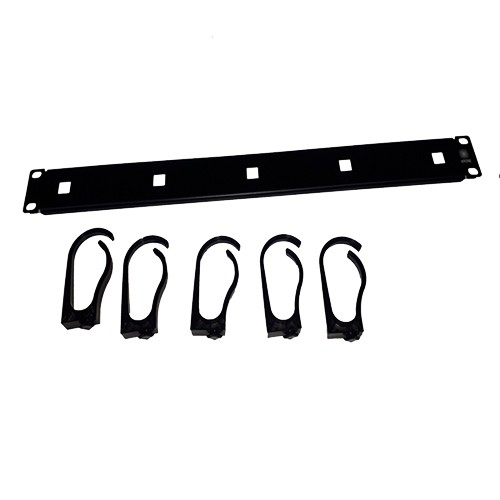



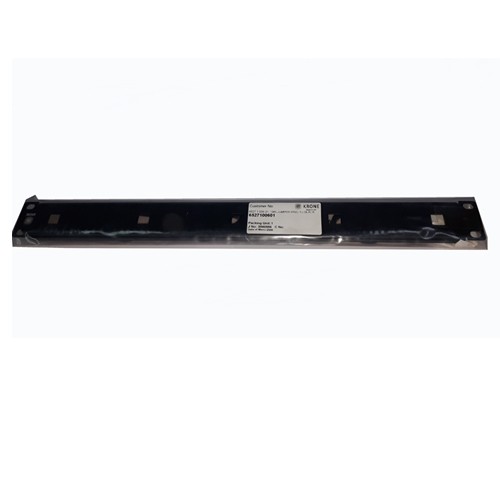
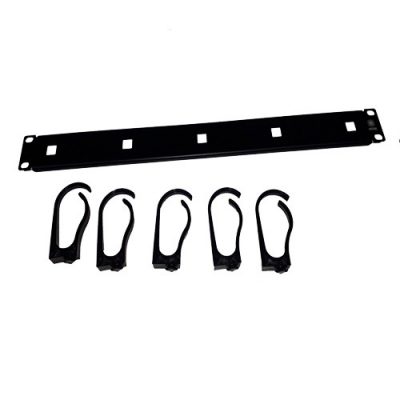
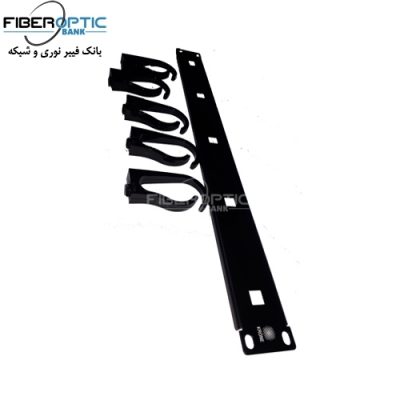
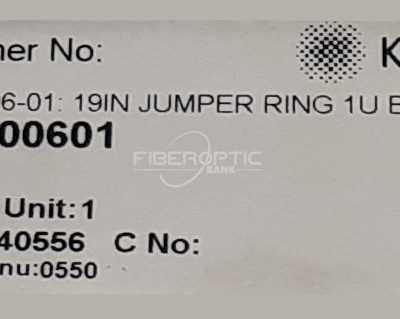

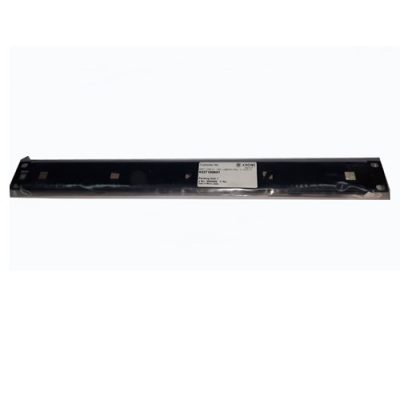
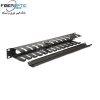
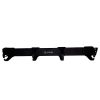
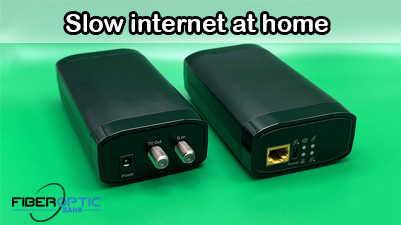
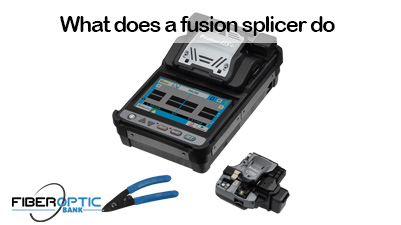
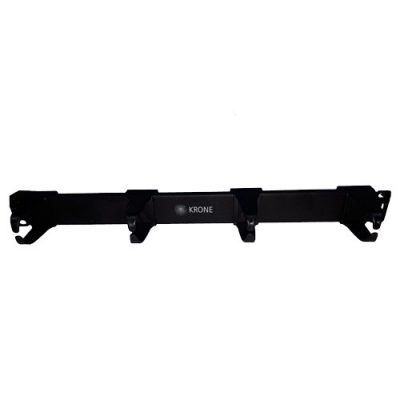
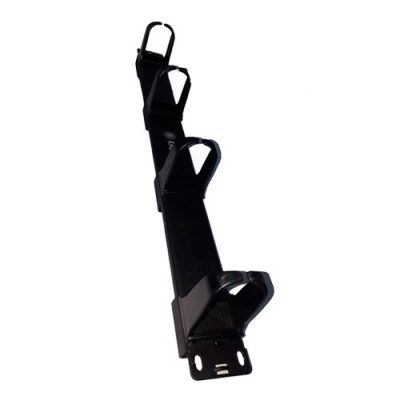
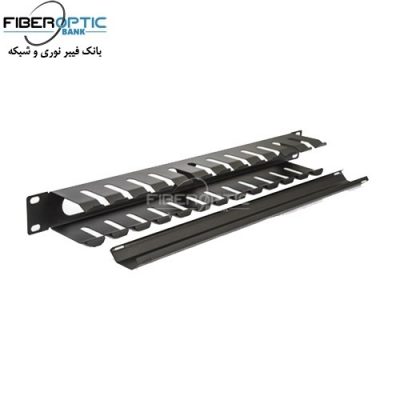
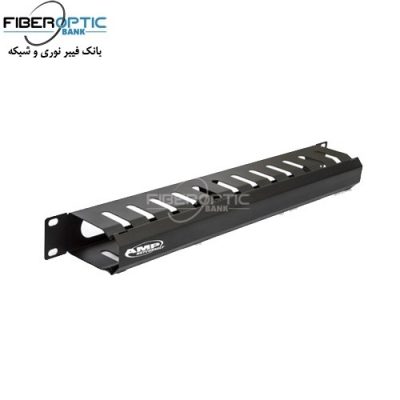
Reviews
There are no reviews yet.